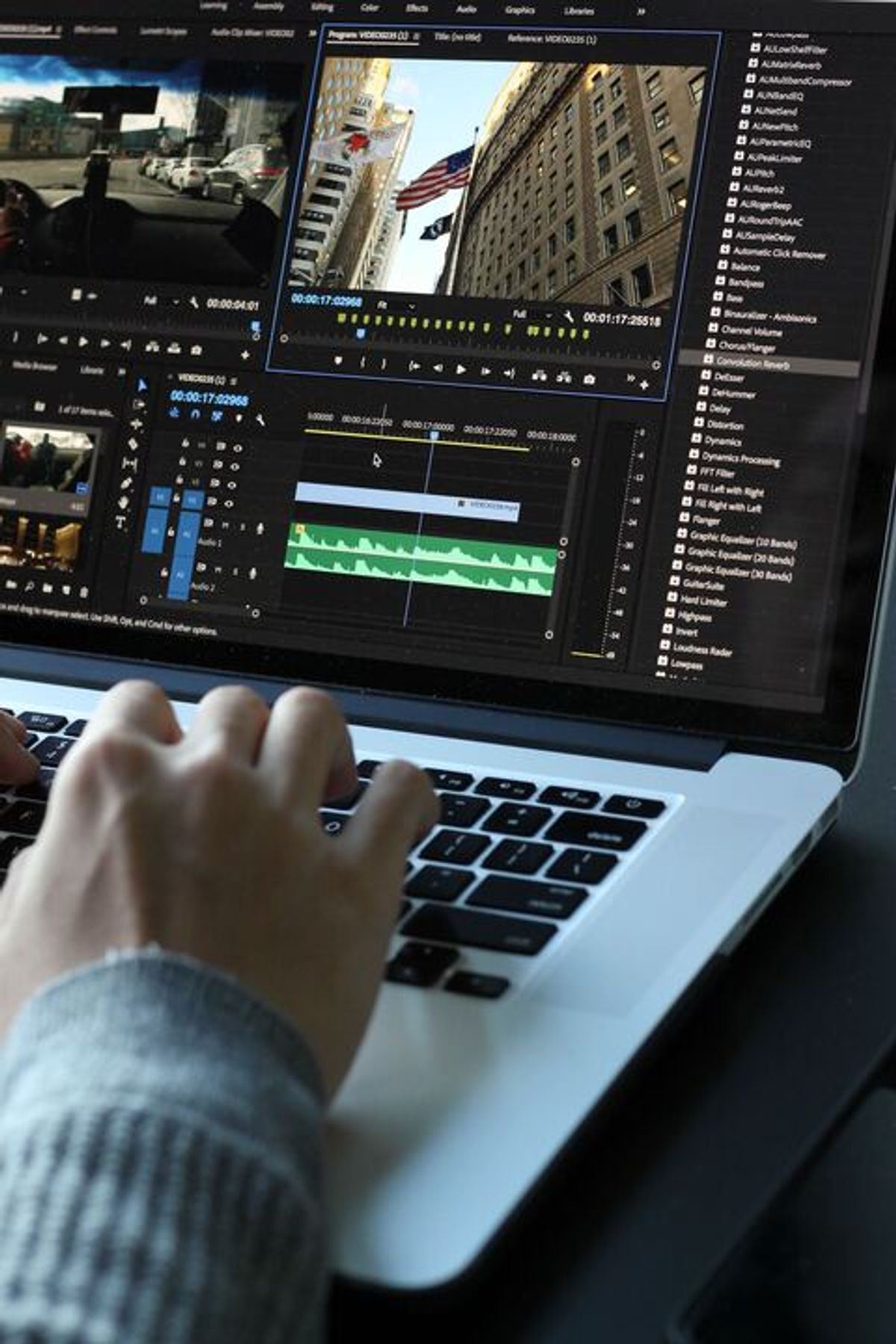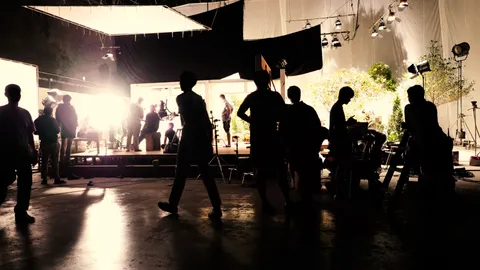An Overview of Video Production, In today's digital age, video has become a powerful medium for communication and storytelling. Whether it's for entertainment, marketing, or educational purposes, videos have the ability to engage and captivate audiences like no other form of media. This article provides an overview of video production, exploring the various stages involved and the key elements that contribute to creating high-quality videos.
Video Production 101: Everything You Need to Know
1. Introduction to Video Production
Video production is the process of creating video content from start to finish. It involves various stages, including pre-production, production, and post-production, each playing a crucial role in crafting a compelling and visually appealing video.
2. Pre-production: Planning and Preparation
- Defining the Purpose and Goals Before diving into video production, it is essential to define the purpose and goals of the video. Is it meant to entertain, inform, or promote a product or service? Clarifying the objectives helps guide the decision-making process throughout the production.
- Scriptwriting and Storyboarding Scriptwriting involves crafting a well-structured narrative or dialogue that will be used in the video. It helps organize the flow of information and ensures a coherent storyline. Storyboarding, on the other hand, involves creating visual representations of each scene to provide a blueprint for filming.
- Assembling the Production Team A successful video production requires a team of skilled professionals. This may include a director, producer, cinematographer, sound engineer, and other specialists depending on the nature of the project. Collaborating with a diverse team ensures a well-rounded production.
3. Production: Bringing Ideas to Life
- Filming and Capturing Footage The production phase involves capturing the visuals and audio required for the video. This includes setting up cameras, selecting appropriate angles, and shooting scenes according to the script and storyboard. It is crucial to maintain consistency and capture high-quality footage.
- Lighting and Sound Design Lighting plays a significant role in video production, as it sets the mood and enhances the visual appeal of the video. Proper lighting techniques and equipment ensure the subjects are well-lit and the overall aesthetic is pleasing. Sound design involves capturing clear audio and incorporating sound effects or music to enhance the viewing experience.
- Directing and Performance The director guides the cast and crew during the production, ensuring that the vision for the video is effectively translated on screen. They provide instructions to actors and make creative decisions to capture the desired emotions and performances.
4. Post-production: Editing and Enhancement
- Video Editing Software Post-production involves editing the captured footage and combining it with audio, visual effects, and graphics. Video editing software, such as Adobe Premiere Pro or Final Cut Pro, is used to trim, arrange, and enhance the footage.
- Cutting and Arranging Clips During the editing process, the editor selects the best takes arranges them in a logical sequence, and trims any unnecessary footage. They also ensure smooth transitions between scenes and maintain a consistent pace throughout the video.
- Adding Visual Effects and Transitions Visual effects and transitions can be added to enhance the video's visual appeal and convey information effectively. This includes text overlays, motion graphics, color grading, and other effects that contribute to the overall aesthetic and storytelling.
5. Distribution and Promotion
- Choosing the Right Platform Once the video is complete, it's essential to choose the right platform for distribution. This could be a website, social media platforms like YouTube or Vimeo, or even television. Understanding the target audience and their preferred channels helps maximize the video's reach.
- Video SEO and Optimization To ensure the video gets discovered by the intended audience, search engine optimization (SEO) techniques can be applied. This involves using relevant keywords, writing compelling descriptions, and optimizing the video's metadata to increase its visibility in search engine results.
- Sharing on Social Media Promoting the video on social media platforms can significantly boost its visibility and engagement. Sharing the video across relevant social media channels, utilizing hashtags, and encouraging viewers to like, comment, and share can help generate organic reach and interaction.
READ MORE :
Video Marketing Strategy: The Ultimate Guide
How to Create the Perfect Promo Video
6. Conclusion
Video production is a multifaceted process that involves careful planning, creativity, and technical expertise. From pre-production to post-production, each stage contributes to the final result, allowing videos to convey stories, entertain, and engage audiences. By understanding the key elements of video production and leveraging distribution and promotion strategies, businesses and content creators can harness the power of video to make a lasting impact.
In the digital age, the right video can be a game-changer for your brand, transforming audiences into loyal customers and elevating your revenue. Choose Video Production in Melbourne, Adelaide, and Sydney by Vimi and unlock the potent blend of creativity and strategic insight.
FAQs
Q1. How long does video production typically take? Video production timelines can vary depending on the complexity and scale of the project. It can take anywhere from a few days to several weeks or even months to complete.
Q2. Do I need expensive equipment for video production? While professional-grade equipment can enhance the quality of your videos, it's not always necessary. Many smartphones and consumer-grade cameras can produce high-quality footage when used correctly.
Q3. Can I use copyrighted music in my videos? Using copyrighted music without proper licensing can lead to legal issues. It's best to use royalty-free or licensed music to avoid copyright infringement.
Q4. How can I measure the success of my video? Success metrics can include views, engagement (likes, comments, shares), click-through rates, conversions, and the overall impact the video has on your intended audience.
Q5. What are some popular video editing software options? Popular video editing software options include Adobe Premiere Pro, Final Cut Pro, iMovie, and DaVinci Resolve.





